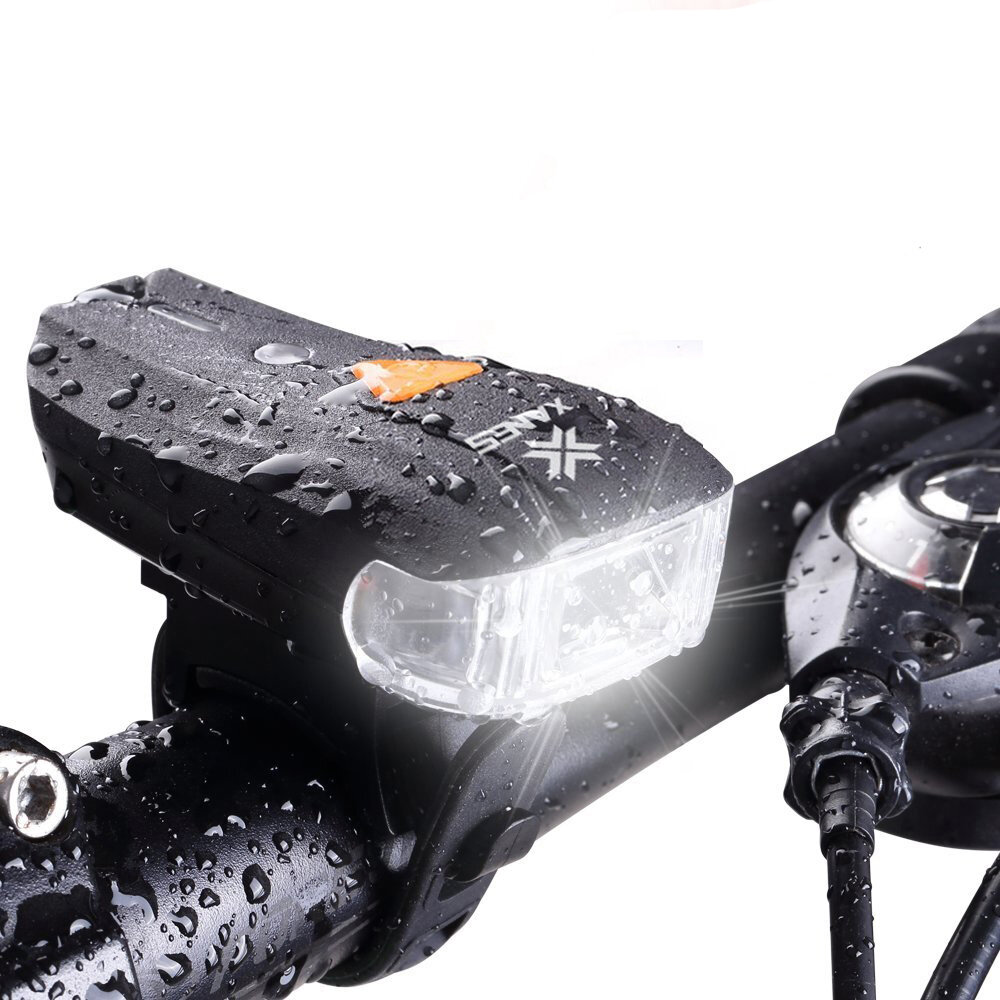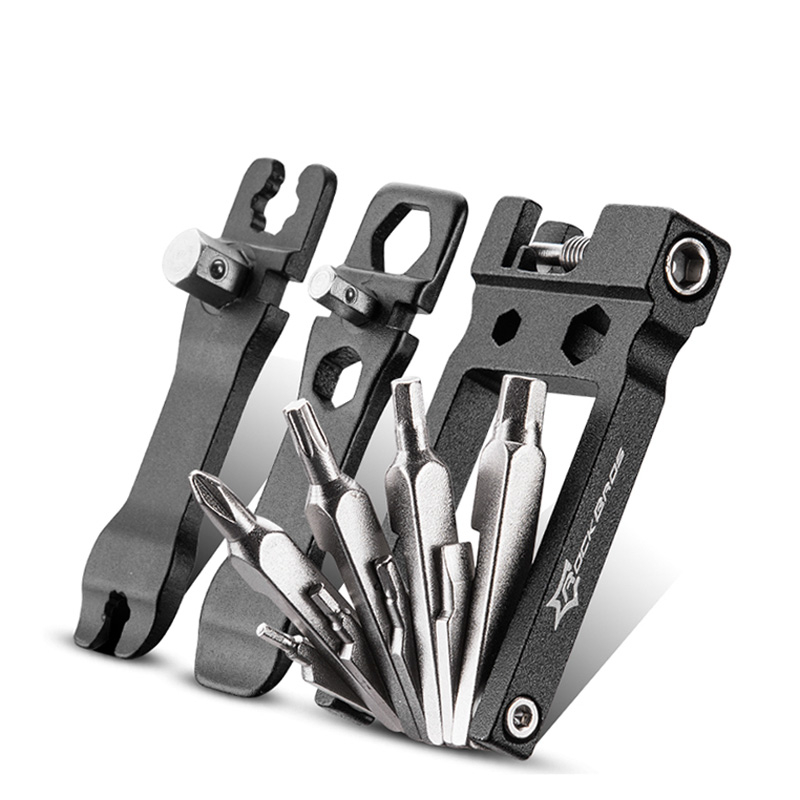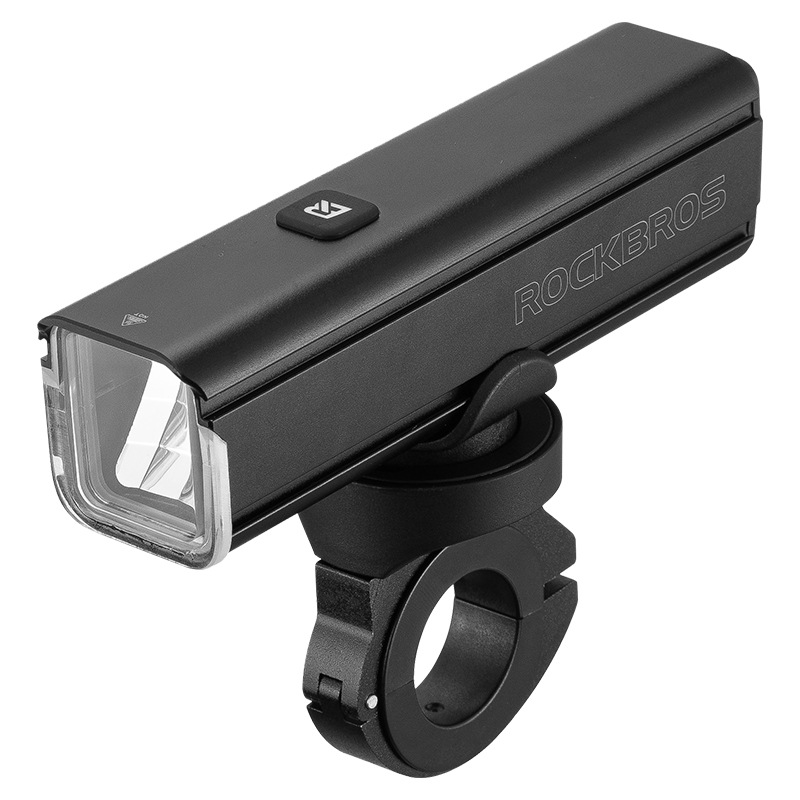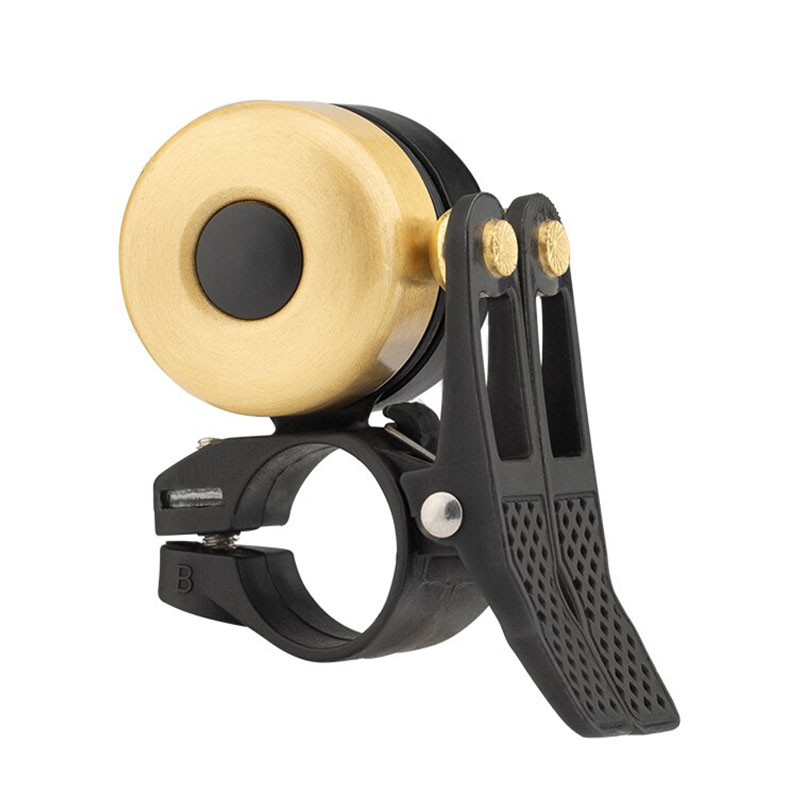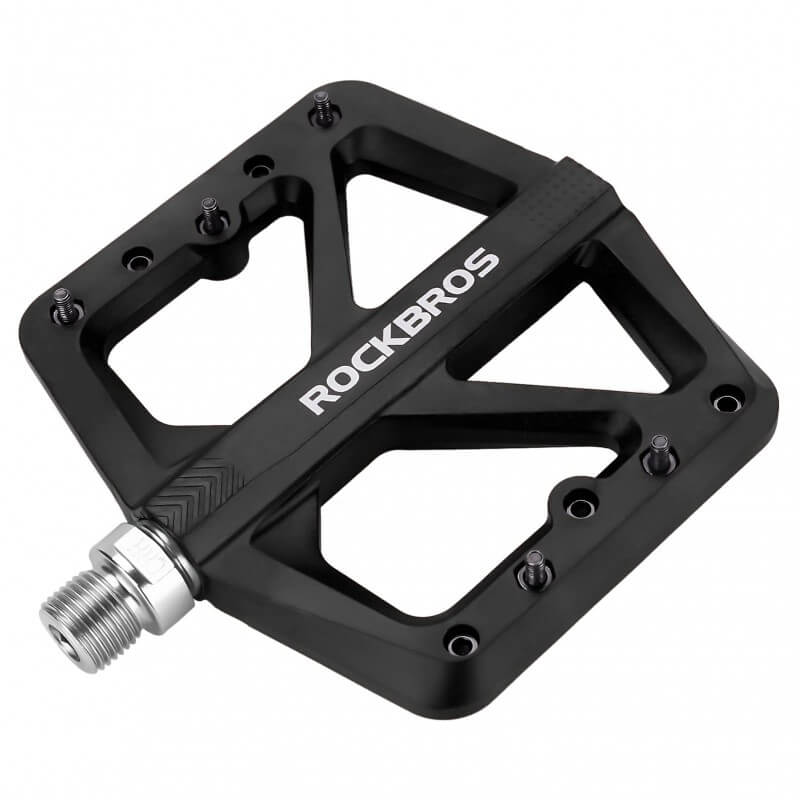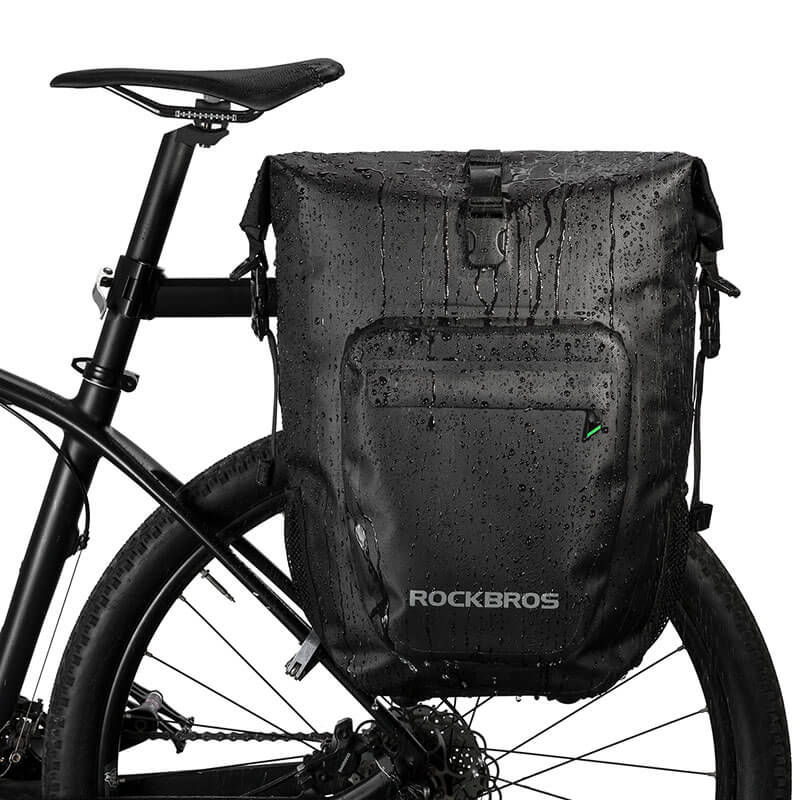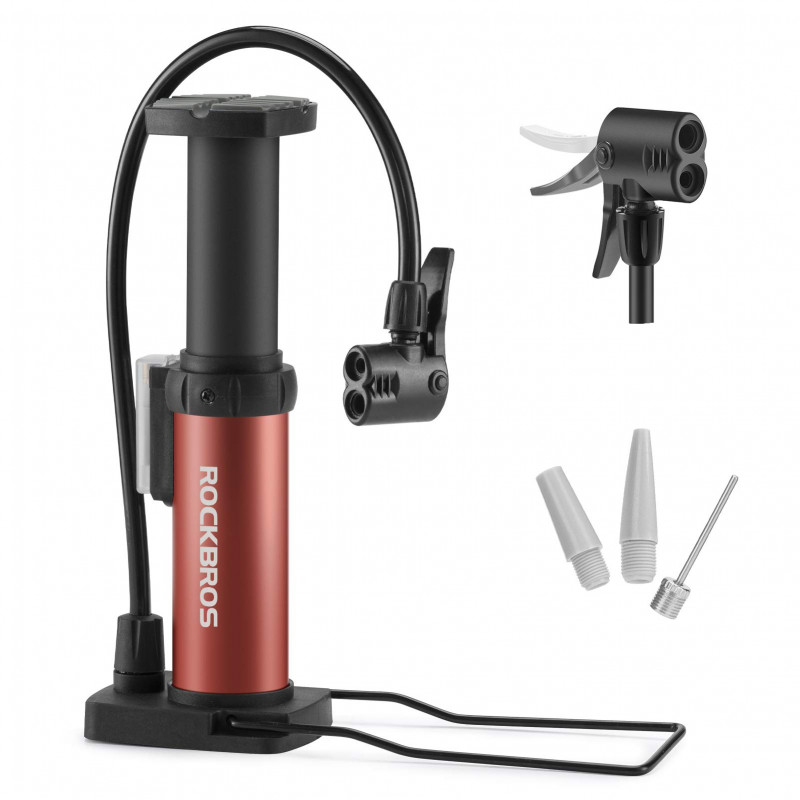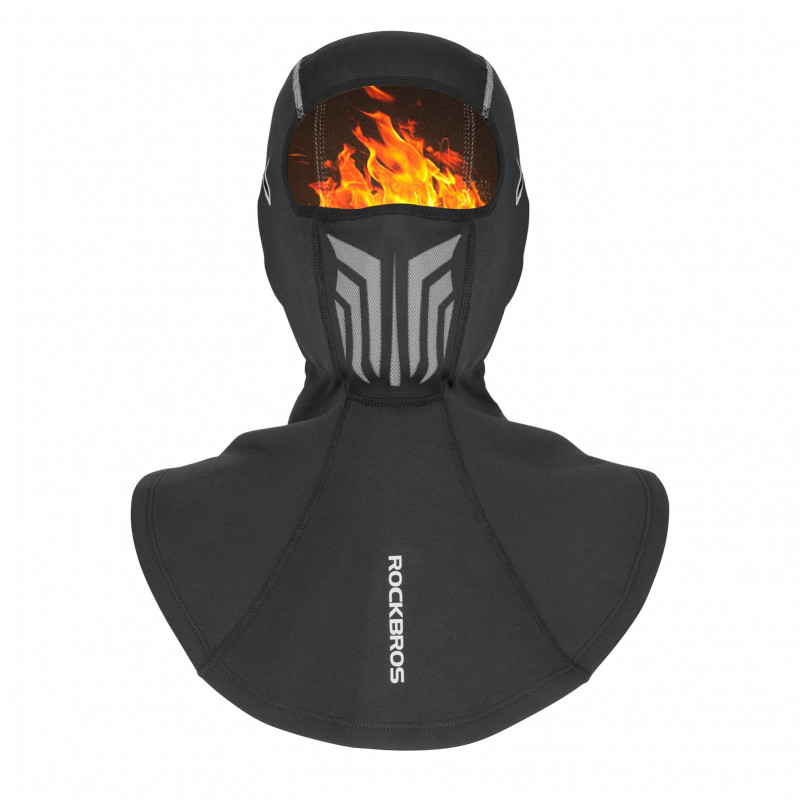High-Performance Suspension Forks for Smooth Off-Road Riding
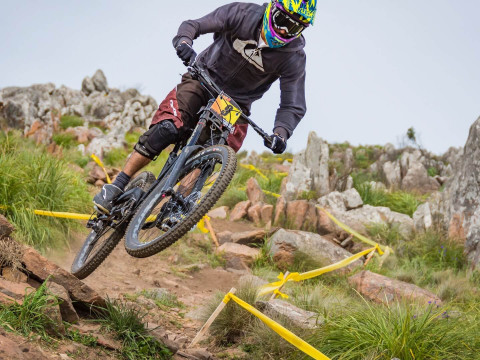
Off-road biking is an exhilarating adventure, but the rugged terrain can take a toll on your body and bike. That's where high-performance suspension forks come into play. These technological marvels offer an exceptional solution, providing a smooth and comfortable ride while conquering challenging trails. In this article, we'll explore the world of high-performance suspension forks, understanding their benefits, features, and how to choose the right one for your off-road biking needs.
Introduction
When it comes to off-road biking, having the right equipment is crucial. A high-performance suspension fork is an essential component that significantly enhances your riding experience. It absorbs impacts, reduces vibrations, and maintains tire contact with the ground, ensuring better control, stability, and comfort. Let's dive deeper into the world of suspension forks to understand their importance and how they can elevate your off-road adventures.
Understanding Suspension Forks
A suspension fork is a front fork assembly that connects the bike's frame to the front wheel. It consists of various components, including stanchions, lowers, crown, and damping systems. The suspension fork's primary function is to absorb shocks and bumps encountered during off-road riding, allowing the wheel to move independently from the frame. This isolates the rider from excessive jolts and vibrations, improving overall comfort and performance.
Key Factors for High-Performance Suspension Forks
To ensure a smooth off-road riding experience, several key factors come into play when selecting a high-performance suspension fork:
Travel
The travel of a suspension fork refers to the maximum distance it can compress and extend. It determines how much the fork can absorb impacts. Longer travel forks are suitable for aggressive downhill rides, while shorter travel forks excel in cross-country or trail riding.
Damping System
The damping system controls the speed at which the fork compresses and rebounds. It regulates the fork's reaction to different types of bumps and impacts, providing a balanced and controlled ride. Common damping systems include coil springs, air springs, and hydraulic systems.
Adjustability
Adjustability allows riders to fine-tune the suspension fork to their specific needs and preferences. It includes features like compression and rebound damping adjustments, lockout options, and air pressure adjustments.
Weight
The weight of the suspension fork plays a crucial role in the overall performance of the bike. Lighter forks enhance maneuverability and agility, especially during uphill climbs, while heavier forks offer enhanced stability and durability for aggressive downhill rides.
Types of Suspension Forks
Suspension forks are available in various types, each catering to specific riding disciplines. Some common types include:
Coil Spring Forks
Coil spring forks use a metal coil to absorb shocks and impacts. They provide excellent sensitivity and are known for their durability. Coil forks are commonly found on downhill and freeride bikes where ruggedness and high-performance are prioritized over weight.
Air Spring Forks
Air spring forks utilize compressed air as the primary mechanism for shock absorption. They offer adjustable performance by allowing riders to adjust the air pressure according to their weight and riding preferences. Air forks are popular in cross-country and trail riding due to their lightweight and tunability.
Hybrid Spring Forks
Hybrid spring forks combine the benefits of both coil and air springs. They provide a sensitive initial stroke like a coil fork and offer adjustability similar to air forks. Hybrid forks are versatile and suitable for a wide range of riding styles and terrains.
Suspension Forks with Lockout
Some suspension forks feature a lockout mechanism that allows riders to temporarily disable the suspension. This can be useful during smooth and flat sections of the trail or when climbing steep hills, where a locked-out fork increases pedaling efficiency and prevents unnecessary bobbing.
Choosing the Right Suspension Fork
Selecting the right suspension fork for your off-road bike requires careful consideration of your riding style, terrain, and personal preferences. Here are some factors to keep in mind:
Riding Style and Discipline
Consider the type of off-road riding you primarily engage in, such as downhill, cross-country, or trail riding. Each discipline has different demands, and selecting a fork specifically designed for your riding style ensures optimal performance.
Terrain
Take into account the terrain you frequently ride on. If you encounter rough and technical trails, a fork with longer travel and robust construction is recommended. For smoother trails, a fork with shorter travel and lighter weight can enhance maneuverability.
Budget
Determine your budget range and look for suspension forks that offer the best value for your investment. While high-end forks often provide superior performance, there are also mid-range options available that deliver excellent performance at a more affordable price point.
Compatibility
Ensure that the suspension fork you choose is compatible with your bike's frame, wheel size, and axle standards. Different forks are designed to fit specific frame geometries and axle configurations, so double-check compatibility before making a purchase.
Features to Look for in High-Performance Suspension Forks
When searching for high-performance suspension forks, certain features contribute to their overall quality and performance. Consider the following:
Stanchion Diameter
The stanchions are the upper tubes of the fork that slide into the lowers. Larger diameter stanchions provide increased stiffness and rigidity, enhancing control and responsiveness.
Adjustability Options
Look for forks that offer a wide range of adjustability, including compression and rebound damping adjustments, as well as the ability to fine-tune the air pressure or spring preload. These features allow you to customize the fork's performance to match your riding style and preferences.
Lockout and Compression Modes
Forks equipped with lockout and compression modes enable you to switch between different settings for various riding conditions. Lockout mode is beneficial on smooth terrain or during climbs, while compression modes offer improved performance on technical descents.
Fork Offset
Fork offset refers to the distance between the center of the fork's steerer tube and the center of the front axle. Different offsets can affect a bike's handling characteristics, so choose one that suits your bike's geometry and your desired handling preferences. A larger offset provides quicker steering response, while a smaller offset offers more stability at high speeds.
Suspension Tuning
Consider forks that provide easy suspension tuning options. This includes the ability to add or remove volume spacers to adjust the fork's progressivity or to fine-tune the spring rate with air pressure adjustments. Suspension tuning allows you to optimize the fork's performance for your weight, riding style, and trail conditions.
Benefits of High-Performance Suspension Forks
Investing in high-performance suspension forks offers several advantages for off-road riders:
Improved Comfort and Control
High-performance suspension forks absorb impacts and vibrations, significantly reducing fatigue and enhancing comfort during long rides. They also provide better control and stability, allowing you to navigate rough terrain with confidence.
Enhanced Traction and Grip
Suspension forks help maintain tire contact with the ground, maximizing traction and grip. This is especially crucial when riding on loose or uneven surfaces, as it prevents the wheels from bouncing and sliding, ensuring optimal traction for better cornering and braking performance.
Increased Speed and Efficiency
By smoothing out the trail, suspension forks enable you to maintain higher speeds without being hindered by bumps and obstacles. The improved efficiency translates to faster climbs, smoother descents, and overall quicker riding times.
Protection for Bike and Components
The suspension fork acts as a buffer between your bike's frame and the rough terrain. It absorbs the majority of impacts, reducing stress on the frame and other components such as the handlebars, stem, and headset. This protection helps prolong the lifespan of your bike and reduces the risk of damage.
Maintenance and Care for Suspension Forks
To ensure optimal performance and longevity of your high-performance suspension fork, regular maintenance and care are essential. Here are some maintenance tips to keep in mind:
Regular Cleaning
Clean your suspension fork regularly, especially after muddy or dusty rides. Use mild soap, water, and a soft brush to remove dirt and grime from the stanchions, seals, and lowers. This prevents the buildup of contaminants that can affect the fork's performance.
Inspection and Lubrication
Periodically inspect your fork for any signs of damage, such as oil leaks, worn seals, or loose bolts. Lubricate the fork's stanchions with suspension-specific oil to ensure smooth operation and prevent stiction.
Seal Maintenance
The fork's seals are crucial for maintaining proper suspension performance. Clean and lubricate the seals regularly to prevent dirt and debris from entering the fork. If you notice any leaks or damage to the seals, have them replaced promptly to avoid further issues.
Suspension Service
Depending on your riding frequency and intensity, it is recommended to have your suspension fork serviced by a professional at regular intervals. This includes replacing oil and seals, checking for internal wear, and adjusting the damping and air systems for optimal performance.
Upgrading Your Bike's Suspension Fork
If you're looking to upgrade your bike's suspension fork to a high-performance model, there are a few considerations to keep in mind:
Compatibility
Ensure that the new suspension fork is compatible with your bike's frame, wheel size, and axle standards. Check the manufacturer's specifications and consult with a bike shop if needed to ensure a proper fit.
Budget and Performance
Determine your budget range and prioritize the performance features that matter most to you. Consider factors such as travel, adjustability, damping systems, and weight to find the right balance between performance and cost.
Research and Reviews
Do thorough research and read reviews from reputable sources to gather information about different suspension forks. Pay attention to user feedback regarding performance, durability, and customer support. This will help you make an informed decision.
Professional Assistance
If you're unsure about the compatibility or installation process, seek assistance from a professional bike mechanic or suspension specialist. They can provide expert advice and ensure a proper installation for optimal performance.
Popular High-Performance Suspension Fork Brands
Several reputable brands specialize in high-performance suspension forks. Here are some popular ones known for their quality and innovation:
RockShox
RockShox is a well-established brand known for its extensive range of suspension forks catering to various riding disciplines. They offer advanced features, excellent damping systems, and reliable performance across their product line.
Fox
Fox is another leading brand in the suspension fork industry, highly regarded for its cutting-edge technology and exceptional craftsmanship. Their forks deliver top-tier performance, adjustable settings, and excellent control on the trails.
Manitou
Manitou has a strong presence in the mountain biking community, offering a diverse range of suspension forks to suit different rider preferences. They are known for their responsive performance, advanced damping systems, and durability.
X-Fusion
X-Fusion is a brand that provides high-performance suspension forks at competitive prices. They offer a range of models with various features and adjustments, making them an attractive option for riders on a budget.
Comparison of Top Suspension Fork Models
When considering high-performance suspension forks, it's helpful to compare specific models to find the best fit for your needs. Here's a comparison of some top models:
RockShox Pike Ultimate
The RockShox Pike Ultimate is a versatile fork that excels in aggressive trail riding. It offers excellent sensitivity, a wide range of adjustments, and the renowned Charger 2.1 damping system for exceptional performance in various conditions.
Fox 36 Factory
The Fox 36 Factory is a high-performance fork designed for aggressive all-mountain and enduro riding. It features the FIT GRIP2 damper, which provides precise tunability, exceptional small bump compliance, and impressive control on demanding descents.
Manitou Mezzer Pro
The Manitou Mezzer Pro is a standout fork that offers exceptional performance in a lightweight package. With its Dorado Air spring system, hydraulic bottom-out, and adjustable MC² compression damping, it provides precise control and smooth travel on the trails.
X-Fusion Trace 36
The X-Fusion Trace 36 is a reliable and affordable option for riders seeking high-performance features. It incorporates the Roughcut HLR damper, adjustable air spring, and a stiff chassis, delivering a balance of performance and value.
When choosing a suspension fork, consider your riding style, preferences, and budget to select the one that best suits your needs.
Tips for Smooth Off-Road Riding
To enhance your off-road riding experience, here are some tips for achieving a smooth and enjoyable journey:
Proper Body Positioning
Maintain a balanced and relaxed body position on the bike. Bend your elbows and knees, and shift your weight accordingly to adapt to the changing terrain. This allows the suspension fork to work effectively and keeps you in control.
Brake Control
Mastering brake control is crucial for smooth off-road riding. Use a combination of front and rear brakes judiciously to modulate speed and maintain control. Avoid sudden and excessive braking, as it can disrupt the flow and stability of your ride.
Line Selection
Choose your lines wisely to navigate obstacles and rough sections of the trail. Look ahead and plan your path to avoid unnecessary impacts and maximize the use of your suspension fork.
Maintain Momentum
Maintaining a steady momentum helps you glide over obstacles smoothly. Pedal consistently and anticipate changes in terrain to keep your speed and flow, minimizing the need for abrupt stops and accelerations.
Relax and Absorb
Learn to relax your body and allow the suspension fork to absorb impacts and vibrations. Keep a loose grip on the handlebars and let the bike move beneath you, allowing the suspension to do its job effectively.
Practice Trail Skills
Regularly practice your off-road riding skills to improve your technique and confidence. Develop your ability to handle corners, drops, and technical features, adapting your riding style to different terrains.
Regular Bike Maintenance
Maintain your bike regularly to ensure smooth operation and optimal performance. Check tire pressure, lubricate the chain, and inspect components for wear and damage. A well-maintained bike enhances the performance of your suspension fork.
Conclusion
High-performance suspension forks are essential components for smooth off-road riding. By choosing the right fork for your riding style and terrain, you can enhance comfort, control, and overall performance on the trails. Remember to consider factors such as suspension type, adjustability, compatibility, and budget when making your selection.
Proper maintenance and care, along with developing your riding skills, will ensure the longevity and optimal functionality of your suspension fork. So get out there, enjoy the trails, and experience the benefits of a high-performance suspension fork on your off-road adventures.
Frequently Asked Questions
1. How often should I service my suspension fork?
It is recommended to service your suspension fork at least once a year, or more frequently if you ride aggressively or in harsh conditions. Regular maintenance will help preserve its performance and longevity.
2. Can I install a suspension fork myself, or should I seek professional help?
While it is possible to install a suspension fork yourself, it is advisable to seek professional help, especially if you are unsure about compatibility or the installation process. A bike mechanic or suspension specialist can ensure a proper fit and optimal performance.
3. Are high-performance suspension forks only for experienced riders?
High-performance suspension forks can benefit riders of all skill levels. They offer improved comfort, control, and traction, enhancing the riding experience for both beginners and experienced riders.
4. Can I use a suspension fork designed for downhill riding on my cross-country bike?
It is not recommended to use a downhill-specific suspension fork on a cross-country bike. Downhill forks are designed for extreme terrain and heavier impacts, which may not be suitable for the lighter and more agile nature of cross-country riding.
5. What should I do if my suspension fork is leaking oil?
If you notice oil leaks from your suspension fork, it is best to have it inspected and serviced by a professional. Leaks can indicate damaged seals or internal issues that need to be addressed to maintain proper performance and safety.
